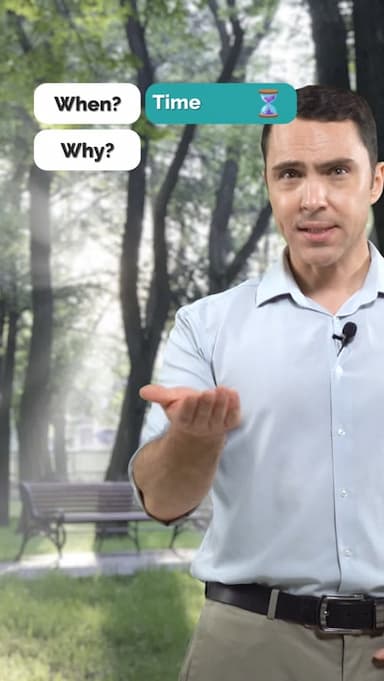Plural Forms in Compound Nouns Explained
English grammar rules can sometimes be confusing, especially when it comes to plural forms of compound nouns. Many learners make mistakes by adding -s to the wrong part of the word. This video lesson helps you understand exactly where to put the plural ending.
The key rule is simple: in compound nouns, the plural is formed in the main noun. Let’s look at a few common examples. We say one runner-up, two runners-up. Notice that the word runner takes the plural, not up. Similarly, one passer-by becomes two passers-by. The word passer changes, while by stays the same. Another example is family terms. You say one sister-in-law, but two sisters-in-law, not sister-in-laws.
Many learners incorrectly say editor-in-chiefs or mother-in-laws, but the correct forms are editors-in-chief and mothers-in-law. Once you know this rule, it becomes much easier to build accurate sentences.
Learning these forms will improve both your spoken and written English. When you use compound nouns correctly, you sound more natural and confident. Watch the video to see examples in action and test your understanding.
Get the full app experience
Engaging video lessons and fun quizzes to help you ace your English.
Improve your English Level
Improve your pronunciation
Practice conversations
Sharpen your listening Skills
Fix common mistakes in English
Learn Grammar in a fun way
Expand your English Vocabulary
Coming soon to Google Play

© 2023 fluentjoy.com











